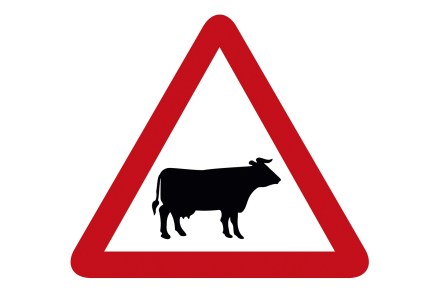Meet the woman who designed Britain’s revolutionary road signs
‘Design. Humanity’s best friend,’ proclaims a row of posters outside the Design Museum. ‘It’s the alarm that woke you up… The card you tapped on the bus… And the words you’re reading right now. So embedded in our lives we almost forget it’s there.’ It is one of the ironies of good design that the better it is, the less we notice it. This is especially true when we really need it: when lost in an airport five minutes before the gate closes or battling helplessly down the wrong road. In these instances, the woman we invariably have to thank for helping us to find our bearings is currently the


